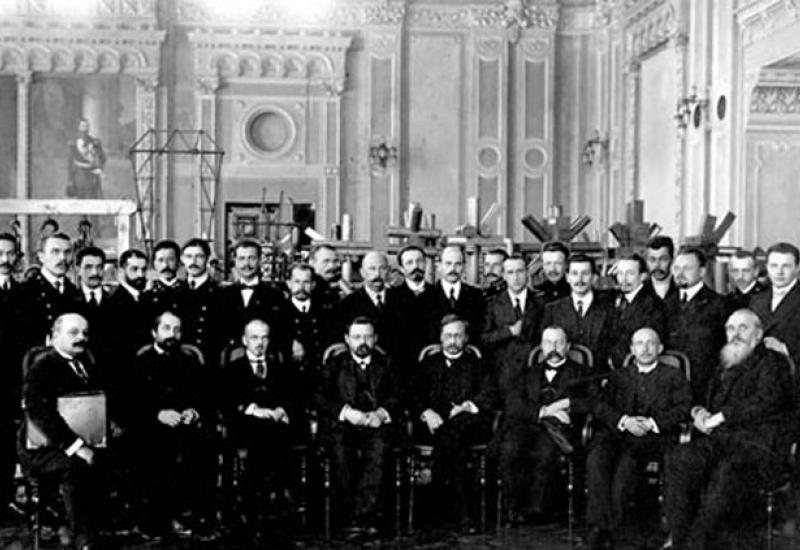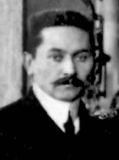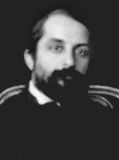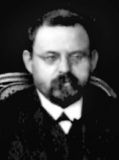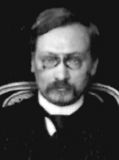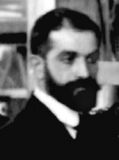With the rise photography in the mid-19th century as a form of fine art, humanity has an opportunity to save the important moments of its development. Looking at the old pictures we discover the cultural life of that time.
Sometimes old photos appear in the field of view as the silent witnesses of the past. So it was with this photo. It was laying for a long time in the records of the University darkroom, until it came to the State Polytechnic Museum. It should be noted that the number of photographs - picturing the original training process KPI in the prerevolutionary period is very small.
In this picture, there was no explanatory inscriptions. Any references on this picture in any form were absent. The first thing that catches your eye - is the backdrop against which a group of teachers was photographed , namely - the assembly hall of the Institute with two huge portraits of Russian emperors - Alexander II and Nicholas II, which has examples of bridges details, beams, trusses and the like . This was the starting point for research.
Obviously, objects located behind the photographed persons group are Engineers museum KPI exhibits. This museum was in the assembly hall of the Institute starting from 1910 to August 1914 In practice, this is the only photo image of the interior of Engineers Museum, which has come to our time.
And who could be the author of this picture? There are no markings in its paperboard indicating the photographer's name or the name of the shop. This indicates that the photo was taken by the means of the institute. By that time, the KPI photography course was taught by well known photographer - artist Nikolai Petrov (life years: 1876 - 1940). Who knows, maybe the photo-artist N.A. Petrov set up the camera at this reputable company.
So an old photograph can bring us back almost 100 years. Looking at it, you can see and feel the atmosphere of respect for teachers and students to the educational process. Small wonder that in those times, students performed the actual KPI graduation projects, some of which have survived to our time. Take for example this bridge projects carried out under the supervision of E.A. Paton. They are in the collection of the State Polytechnic Museum.

